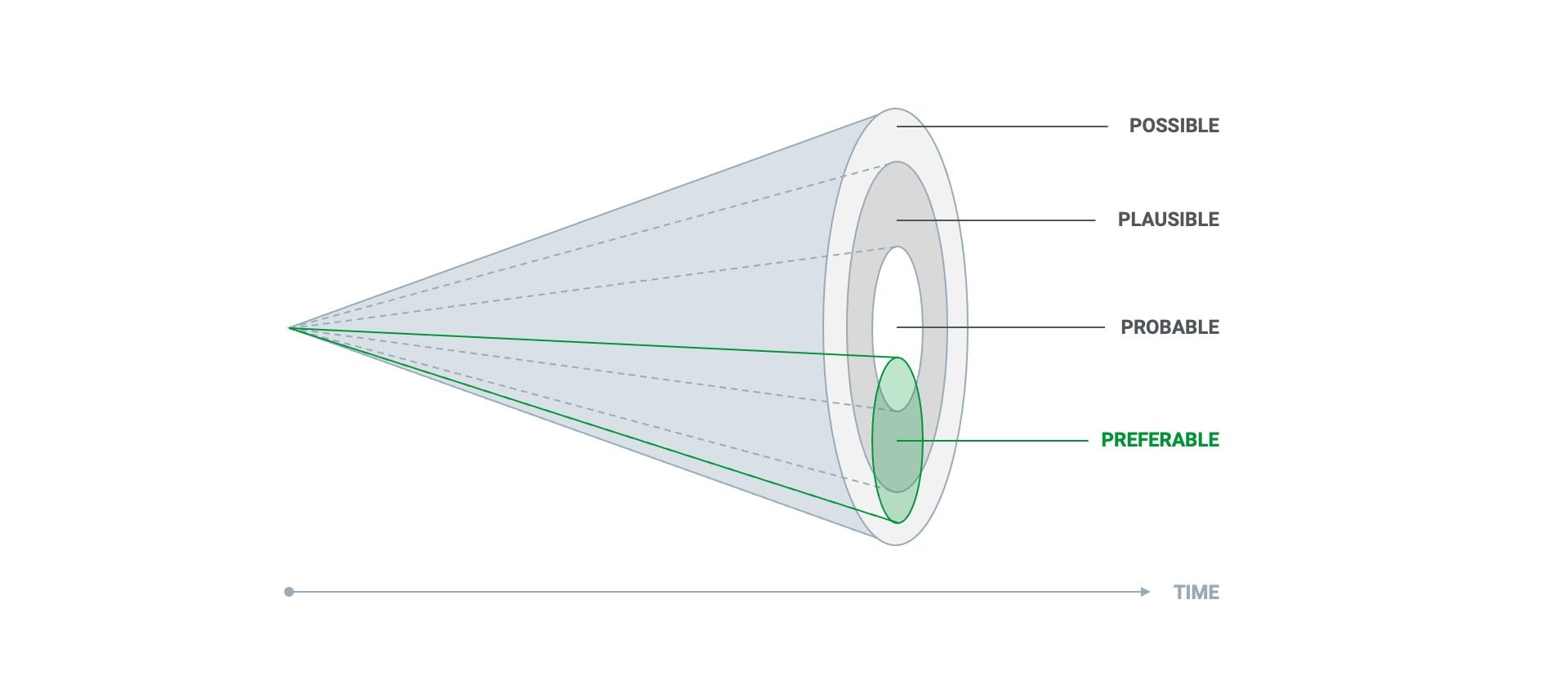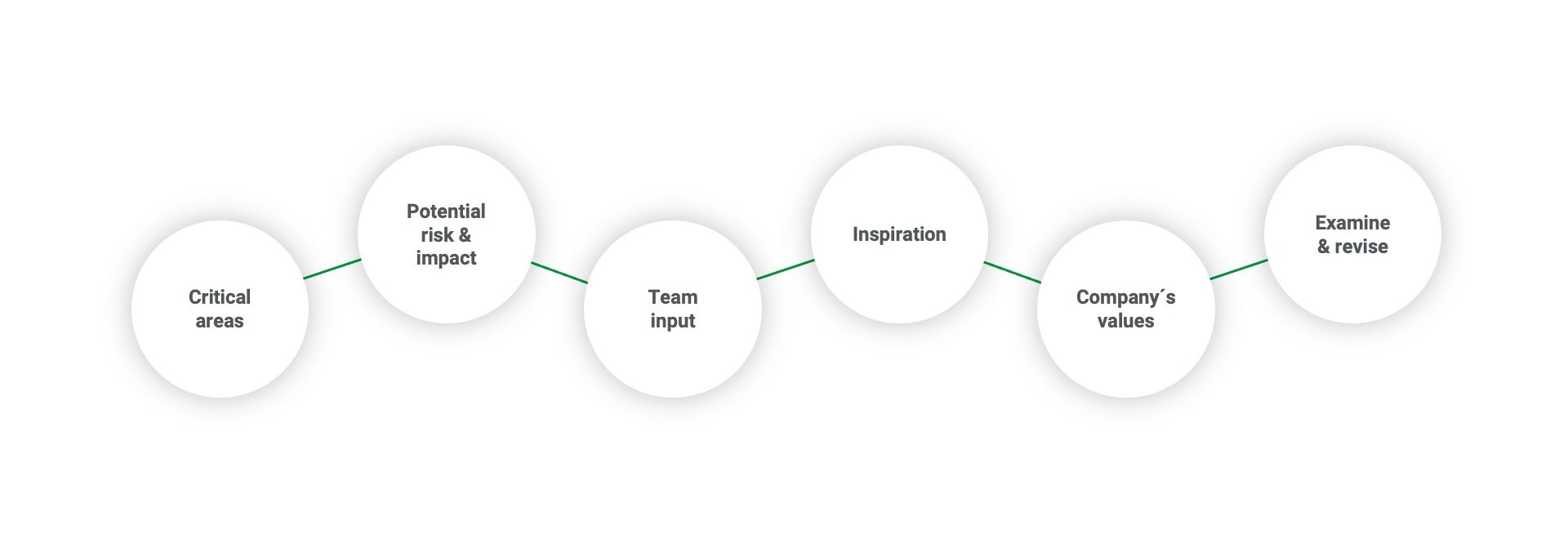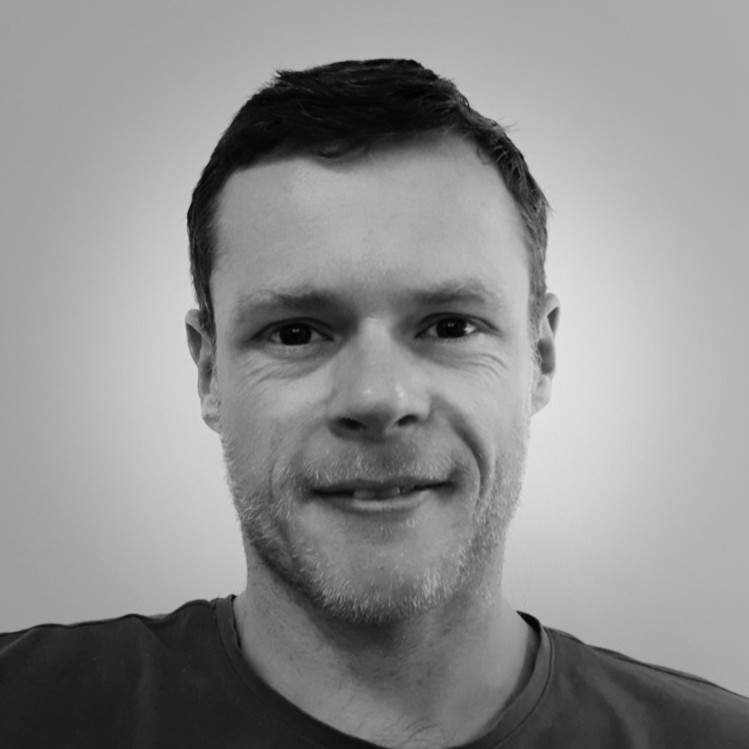Article
by Carola Kesküla, Senior Front-End Developer and Jordan Jorš, Front-End Developer
Building better products: Integrating ethics into the product development process
No one ever sets out to develop a flawed or harmful product, but along the way, some products or services end up being that way for the users. While there are several reasons for this, ethics is one reason that people tend to overlook. Often, we are so focused on the need to innovate and on the opportunities and innovations present that we do not stop to contemplate the potential downsides.
Functionality and legality are often considered much more important than ethicality in the business world. It gets even more interesting when you consider that the line between legality and ethics is not clearly defined, depending on the premises involved. That is why today, the questions start with ethics as a principle involved in the product development process, and does ethics matter to YOU as a product owner, product manager, developer, designer, or data analyst?
What is an ethical product?
According to the Project Management Institute (PMI), “Ethics is about making the best possible decisions concerning people, resources, and the environment. Ethical choices diminish risk, advance positive results, increase trust, determine long-term success, and build reputations.” We can think of ethics as the principles that guide our stance toward making the best choices and doing the right things that contribute to the common good. Before you can place your products and technologies on the ethics pedestal, we would like to describe how to define what an ethical product is.
An ethical product does not harm the users. It passes all regulatory, quality, and ethical checks. Some argue that almost no product is entirely harmless. Take digital services as an example. On the one hand, for most users, it makes their life so much easier since many physical services have moved to the digital sphere, making them easily reachable via smartphones. Yet, for some user groups, accessing digital services can be more challenging, for example, for older people who feel less at home with digital trends. Notwithstanding, we can apply ethical thinking to product development processes and ensure that our products and services are free from internal flaws that exclude some user groups, thus making it more challenging to consume relevant everyday services.
Ethics and modern technology
The business sphere is incredibly competitive now more than ever before. As some innovative products and services are arriving, others are bidding goodbye. Due to this, businesses today are insanely technology and innovation-driven to stay ahead. But what if innovation and competitiveness come at an ethical cost? Should the cost be overlooked?
At this time, ethics in technology is still a grey area, and this is due to the relative novelty of modern technology itself. Some decades back, data privacy-related laws and ethics did not exist because the technology that used such data also did not exist. Now, with the constant emergence of modern technologies, mostly still within the legality-ethicality grey area, it is up to us to never forgo ethics for innovation. We have the choice to evaluate our products and technologies by some framed ethics questions and ensure that our products are developed the best they can be.
6 fundamental ethics questions to cover during the product development process
1. What is considered ethical?
Clearly defined methods to address what is ethical concerning innovative technologies do not yet exist. It is even more complicated because ethical codes vary from person to person and business to business. That is why it is much better to examine a broad range of ethical issues to mitigate potential negative impacts and product-related causatives.
Accountability should also be considered when documenting the potential impacts and risks. This then triggers the question of who oversees the ethics affairs in procurement contracts, product development, and general management, to name a few. Who is held accountable for unmitigated ethical risks and impacts? From a broader perspective, everyone has a role in ensuring that ethics are upheld.
In other words, everyone is a stakeholder during the product development process – the company, the project management team, the product development team, and the clients. Since building ethical products results from ethical thinking, we believe that all involved must share this mindset. No one should be a passive bystander.
2. What are the 4Ps scenarios for this product?
Innovational technologies nowadays follow a familiar trend. A product gets introduced to the world, the world accepts it, and it becomes an integral part of people’s lives before they know it. Along the way, societal issues created by the product begin to show up. Only then do the product owners, regulatory bodies, and users start seeking ways to tackle the problems. Only then do legal and ethical regulations get developed. However, it does not have to be this way. While all potential hazards related to a product cannot possibly be predicted or identified beforehand, there is an ethical framework that reduces them to the barest minimum and also prepares a swift response to potential impacts. It is the 4Ps ethical framework – the Possible, Plausible, Probable, and Preferable futures of a product.
They are:
- Possible future: What are the possible outcomes and impacts that could stem from this product/project in the nearest future? What is the best and the worst that can happen? Might they happen? How can we stop the worst from happening?
For instance, a particular VR pilot training tool that simulates fatal plane crashes vividly might lead to mass pilots-in-training trauma. By identifying this as a possible worst-case scenario early on, the product developers are put at a better advantage to address the issue before it becomes a full-blown problem.
- Plausible future: Which future outcomes are less likely, yet still foreseeable scenarios based on our current knowledge? What would have to happen for this to be the outcome? How does this future mesh with our values and intentions?
- Probable future: Which scenarios are most likely to occur based on what we know today and what is trendy? How likely is this future to happen?
- Preferable future: What outcome do we prefer? What is the best that could happen, stemming from what we already know? What can we do to make this preferred future a reality?

Figure 1. The “futures cone”, classification of future scenarios. Adapted from Voros (2003).
According to Octavia Butler, an acclaimed American science fiction writer, “Predictions is one way to give warnings when we see ourselves drifting in dangerous directions because prediction is a useful way of pointing out safer, wiser courses. Because, most of all, our tomorrow is the child of our today. Through thought and deed, we exert a great deal of influence over this child … best to try to shape it into something good.”
At every stage of your product development process, you should continue to probe all possible outcomes of your ethical decisions using the 4Ps. Ideally, your product should lead to your preferred outcome without controversies showing up. And even if problems spring up along the way, you should have your resources ready to tackle them based on the predicted possible, plausible, and probable outcomes.
3. How does my team navigate ethics?
Along with ensuring the alignment of your values with your company and clients, you also need to bring that to your team. Is there any ethical compass guiding your team? Do you speak a common ethical language or share similar values? Are your team’s general ethical expectations well communicated? If most of your answers to these questions are no, then it is time to create a code of ethics for your team.
Mini guide to creating a code of ethics for your team:
- Identify critical areas your code of ethics should focus on. Examples: purpose and scope of the code, acceptable types of behaviors and decisions, legal requirements and compliance, and reporting concerns.
- Address all areas of potential risk and impact. Have you considered the 4 Ps and the futures cone from the previous chapter?
- Gather input from your team members. Examples: previous concerning situations, current team diversity, individual alignments with code of ethics.
- Get inspiration from other companies’ and teams’ codes of ethics. Examples: According to Octavia Butler IBM, Allianz Group
- Align the compiled ethics with your company’s values and policies. Find out and discuss the core values or ethical standards of your company. Are there any behaviors that comply with laws but seem to contradict the company’s ethics code?
- Examine and revise the ethics code at regular intervals. Empower team members by choosing a supervisor. Agree and book on strict dates for timely revisions.

When you adopt a defined ethical framework for your team, you will make crucial decisions with more confidence, improve team collaboration, and increase productivity. However, ethical efforts should not stop with a code of ethics. As Cennydd Bowles writes in his book Future Ethics: “A code of ethics might be useful at the right time, but this isn’t a clear-cut ethical fix.“ Morality is a muscle that needs exercise. Great teams navigate ethics efficiently with trust, communication, and consistent focus on ethical behavior.
4. Does my product reflect DEI?
Diversity, equity, and inclusion (DEI) are considered the three core societal values that make up a modern society. Going by this, the world is still very far from modernity. Despite the consistent press for products that accommodate everyone, many products today are still polarising and echoing the exclusivity effect. For instance, most products out there are not made accessible to the blind and visually impaired. Diversity means involving people of all races, ethnic, cultural, and social backgrounds, genders, and sexual orientations. Equity means that everyone matters and is accorded equal opportunities and equal access to those opportunities. Inclusion means everybody’s needs are covered; no one gets left out.
To build an ethical product, you should ensure that the product considers everyone and is made accessible to and usable by as many people as can be included and accommodated. Of course, you might not be able to make provision for 100% inclusivity, but you should always be aware of which user group is left out, why, and what can be done at some point to include them. Consider a new doctor robot being designed for skin problems diagnosis in the healthcare sector; ethics raises several questions, including, ‘will it work for people of all skin colors?’
How to ensure your products reflect DEI
- Carry out thoroughly inclusive market research.
- Have a diverse and inclusive team. A broad diversity and inclusivity team will offer more varied perspectives and values than a homogenous one.
- Put forward all categories of target users and tick the inclusion boxes.
- Find which group of potential users might be excluded and why.
- Testing should always involve diverse participants/potential users (never homogenous).
5. Does my product allocate power to the users? How much of that is actual power?
Woodrow Hartzog, a Professor of Law, Ethics, and Computer Science, argues that while the design does allocate power between platforms and users, the allocation is never neutral nor equal. Rather, it is always tilted in favor of platforms and their owners. “Control is illusory. It’s a bit of a shell game. That’s because the control we are given online is mediated, which means it cannot help but be engineered to produce particular results,” he says, talking about what data protection and data privacy really mean. Simply put ethical design in modern technology is flawed. It is one reason big tech firms like Facebook and Google continue to suffer controversies.
As a product owner, developer, or designer, how much power do you think should be allocated to the users? How far are you willing to go to empower them? Power here does not have to be an elephant that stands out conspicuously to the users. Instead, it could be the tiny and simple features and benefits they do not pay much attention to or might never even notice. For instance, it could be the extra layer of security your product has to protect the users. It could be transparency about how you collect the users’ data and what it is used for. It could be really allowing users to decide what to do with their data on your platform.
6. Can I live with my decisions?
The final aspect of this product-related 6-point ethical check is a personal reflection. Would you ever sacrifice your ethical values and moral standards if needed?
Let your moral standards and ethical codes be your constant check as you go through every stage of your projects. Before making any decision, ask yourself if you can live with it. Query yourself and reflect on how you would feel if those you hold in high regard later find out about your actions. Consider the impact on the users and even the planet of the product that you are working on. No one might ever find out the hidden things about it, but what if they do?
Conclusion
As a product manager, developer, designer, or other stakeholder in any given product development project, an abundance of responsibility rests on your shoulders. Your products can either be helpful or not helpful; it depends on your actions and inactions. Why not strive to integrate ethics into your product development process and bring superior ethical products alive?
Get in touch
Let us offer you a new perspective.


